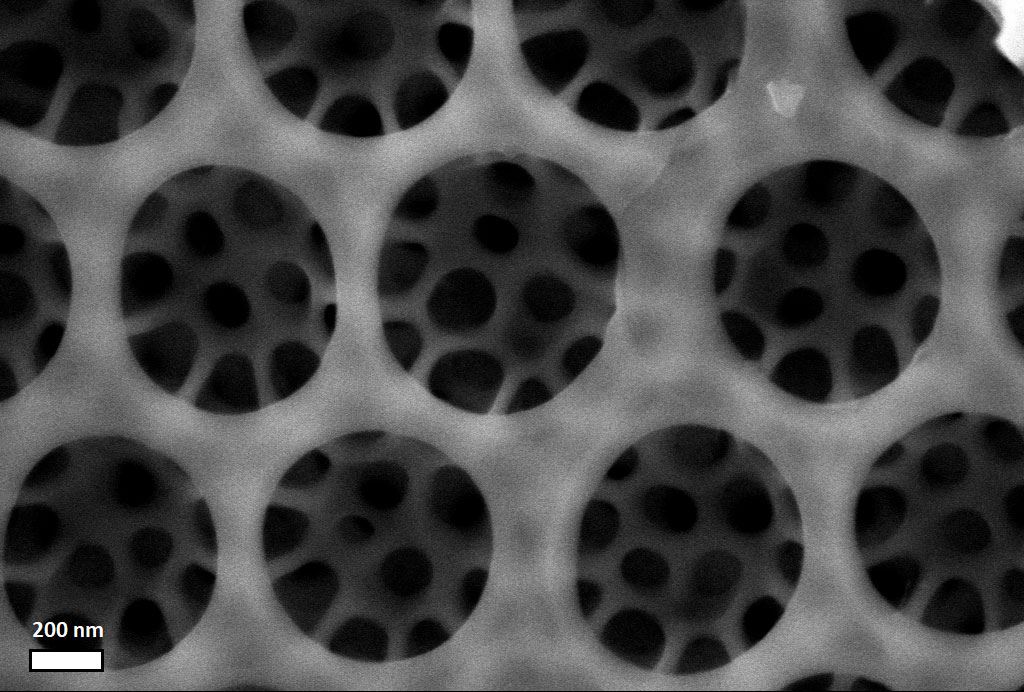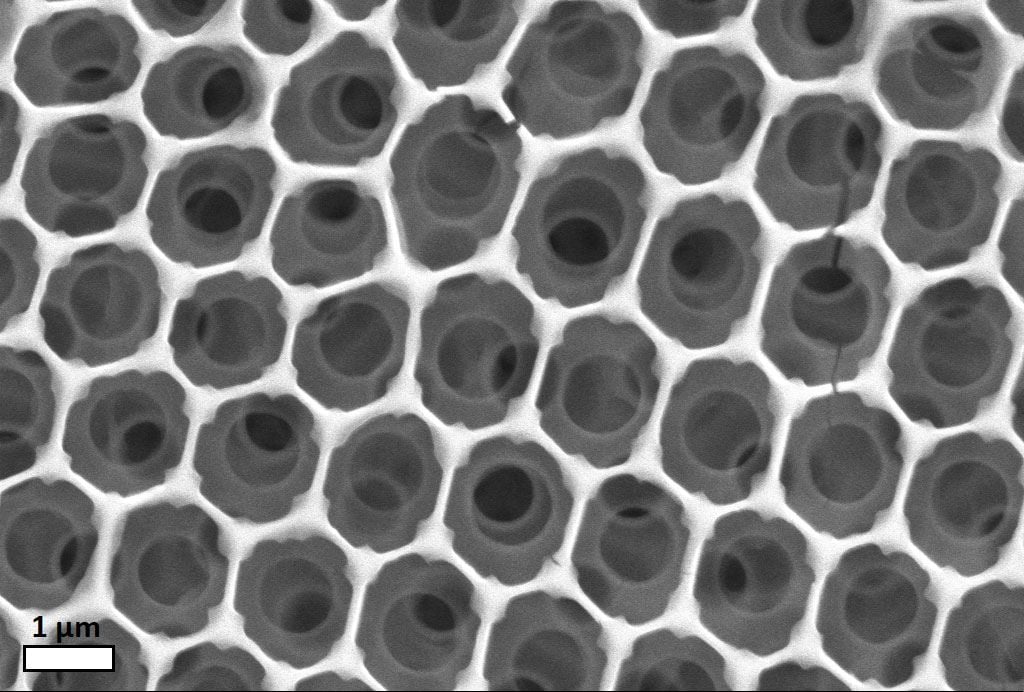However, the magnitude of the forthcoming market demand for LIBs along with the need for a climate neutral economy means that a sustainable supply of battery raw materials becomes strategically essential. Apart from lithium, there is one material that is a fundamental part of all LIBs: graphite, which is the primary component of LIB anodes.
The challenge is that graphite has a limited Li-storage capacity, which is inherent to the materials structure. Current synthetic graphite is also produced from fossil raw materials or extracted from mines. Either of the processes are energy demanding and contribute to significant carbon emissions.
One alternative to graphite as anode material is silicon or silicon oxides (SiOx). Silicon is one of the most abundant materials in the earths crust, and silicon oxides can be found naturally in many forms, one of these being diatom frustules.
Diatoms occur naturally in both fresh water and sea water and they grow frustules (shells) which consists of silicon oxide in the shape of 3D hierarchical nano- and microstructures (see pictures). In the growth process the diatoms consume CO2 for producing the silicon oxide frustules. These frustules have shown very promising results when used as anodes in LIB.


In the SUSTBATT project diatom frustules farmed by Swedish Algae Factory will be further processed and modified into LIB anode materials. In collaboration with LiFeSiZE in Sweden the materials will be tested in pilot scale production of LIB using commercially available cathode materials.

